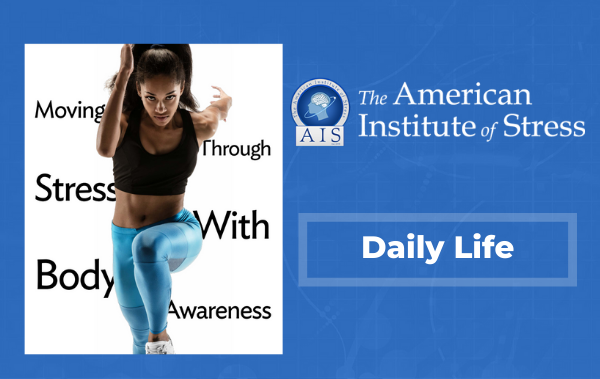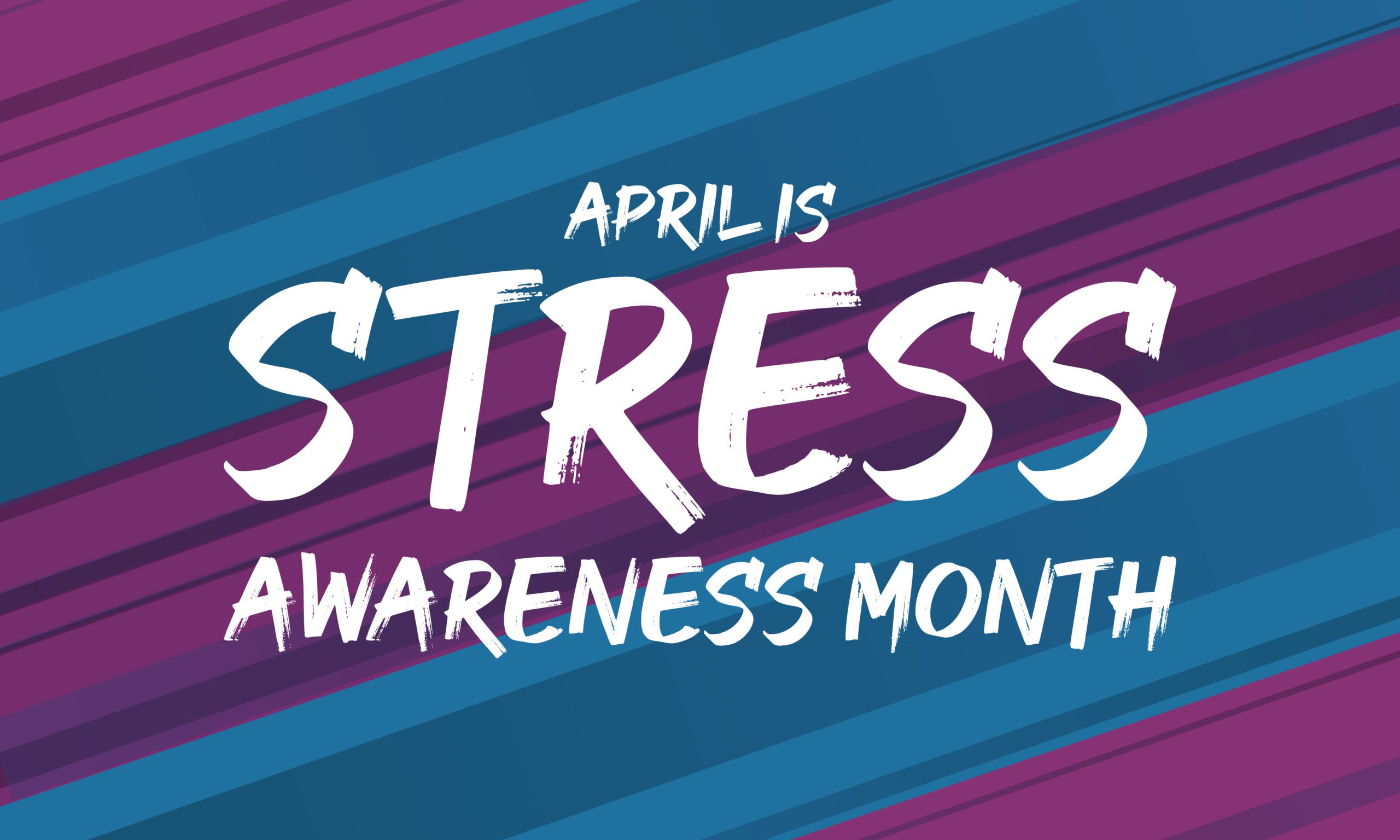*This is an article from the Winter 2021-2022 issue of Contentment Magazine.
By Ashley DePaulis, MPH, Founder of Embodied Success
“In our busy, high-tech, low-touch lives, it’s easy to operate detached from our own bodies. They too easily become vessels we feed, water, and rest so they can continue to cart around our brains. Instead, we need to pay attention to the information our bodies are sending us— before real health problems set in.” -Susan Bauer-Wu1
In the final months of the year we naturally begin considering our aspirations for 2022.
Is movement, and the way you move through your day connected to your body on your list of priorities? Whether you realize it or not, being connected to the movement of your body is an access point for greater self-awareness.
Trends in Post-pandemic Movement Patterns
The pandemic has changed movement patterns throughout the world. How and where people are living, working, and playing has shifted. The confines of place and space are expanding in all aspects of life.
Overall, though, it seems every one of us could improve how we move. According to The International Journal of Behavioral Nutrition and Physical Activity, during the COVID-19 pandemic, 20.3% of U.S. adults reported being more active, 30.4% of adults reported being less active, and 42.7% of adults reported no change in their amount of physical activity.2
No matter what group we fall within — even the more physical activity group — I think we can all admit that we’ve been sitting and staring at screens more than we’d like to admit.
With that, stress levels have been on the rise with close to half the U.S. population experiencing symptoms of anxiety or depression, according to the U.S. Census Bureau.3
At this critical point in our ‘Always On’ culture with the prolonged stress of a pandemic, you can’t afford not to take time to connect within, and movement is a great way to do just that, improving your mental and physical health in the process.
Yet this may not be reason enough for you. You may know it’s good for you, and that you need to do it, but you just don’t, or you can’t find a rhythm with it. Or maybe you’re like me, you love moving and you enjoy training your body through physical activity, but you need additional ways to relieve stress throughout your day. Bringing body awareness into the equation supports both ends of the spectrum.
Engaging Your Subtle Senses to Get Out of Your Head and Into Your Body
Movement can help process emotions, and healthy doses of movement means that you’re moving more of yourself, more often. This means beyond, during, and despite a daily workout.
You’ve likely heard the popular phrase, “listen to your body,” and you may have wondered, “what am I listening to?” Listening to your body means tuning into your body’s signals through your senses, specifically the sensory perceptions inside your body known as interoception. It gives you valuable feedback related to your inner emotional experience.
The 5 senses — seeing, hearing, smelling, tasting, and touching allow us to experience a degree of sensations, yet going through the day we may not be engaging with our sensory experience. Beyond our 5 senses is the 6th sense of proprioception — the body’s ability to sense itself in space through movement, action, and location. When we have good proprioception, it means we can move without looking, we’re good at judging distance as we move, our movement is fluid, we avoid bumping into objects, and we can use appropriate force when handling objects. When we’re accident prone, or when we feel awkward as we move, we can increase our proprioception through moving in more ways and bringing attention to our movement.
Then there’s the 7th sense of interoception — the ability to sense the internal state of the body, aka how our body feels. This is the most invaluable of the senses and it often goes untrained. In fact, we are often rewarded for ignoring it. This sense tunes us into our emotions, feeling our heart rate, noticing hunger and fullness, muscle tension, thirst, tiredness, body temperature, our need to pee, and how deep our breath is. Many of these actions are unconscious, like sensing when we need to use the restroom. Once we are able to bring awareness to what was once unconscious, we can bring more choice to our behavioral decision making, like eating, or meeting other basic needs with care.
Body Awareness, Stress, and Engaging in Mindful Movement
Managing stress and thriving throughout our day without becoming depleted starts with interoception body awareness.
A good rule of thumb is to start to notice what you’re noticing.
This awareness allows us to use stress to our advantage instead of ruminating in it.
When interoception is learned, we can relieve stress related muscle tension in the moment. Allowing us to gain a deepened sense of how we hold ourselves in various postures, and how moving in and out of these positions can change our state of being and reactive patterns. We also begin to recognize how our environment impacts our nervous system and learn healthy ways to self-regulate. We can then respond from a place of choice instead of habitually repressing or powering through our feelings, to which we have become accustomed.
Next time your body is filled with the sensations of stress, notice what you’re noticing.
Dr. Mithu Storoni, MD, PhD says, “do your best not to relax immediately after a stressful situation.”4 This is when our brain likes to run wild with stories that have us blaming, shaming, and judging ourselves. Do mindful movement instead — with attention and intention to move your awareness from the stressor.
Think of this as a cool down exercise. Breathing counts, and so does any natural movement your body calls for to release tension.
I love natural exercises that affect our emotional states easily and quickly. Just as breathing can calm our nervous system, so can mindfully rubbing our hands together.
Rubbing our hands together has been shown to generate delta waves in the brain.5 The resulting chemical reaction moves us out of the fear center of our brain.
Consider this movement for instant relief. Try it right now for 20-30 seconds and then bring awareness to how you feel after. Its calming effect will also help you make clear and focused decisions. No need to get stuck in quicksand over stress, we have the power to train our bodies to respond differently.
Take Mini-Recess Breaks to Move Throughout the Day
To practice interoception, it helps to move into a slower pace, and even take what I like to call, mini-recess breaks. Slow down enough to:
- Unclench your jaw
- Take deep breaths
- Shake your hands at your side
- Soften your neck
- Release your shoulders
- Self-massage — like rubbing your hands together
Mini-recess breaks like these throughout the day, even for 30-seconds at a time, will help relax your mind and body, shifting you from a stress response into an elevated state of thriving. It will also help release any tension that soreness, tightness, and pain carry in your body, leaving you feeling a little more focused and refreshed.
Create A Personalized Menu of Movement
Paying attention to internal cues will allow you to choose movement from the inside out — movement that you can easily integrate into your daily life to handle acute stress, so that it doesn’t become chronic, and movement that keeps you strong and mobile as you age. Research has shown that ignoring your body’s signals can lead to physical and mental health conditions,6 so listening is key to unlocking greater health and wellbeing. For example:
Movement to quiet the mind
- Dance, shake, laugh, skip, hop, jump around.
- Swim, bike, run, play a sport
- Use weights or moving through full range of motion with resistance– squat, push, pull, lunge, carry, hinge, rotate
Movement to relax the body
- Forward fold either seated or standing in rag doll
- Lay down on your back with your feet placed on the floor while placing one hand on your belly, and the other over your heart
- Cat cow, child’s pose, happy baby
Movement for a quiet mind and relaxed body
- Go for a walk outside and engage your senses
- Listen to soothing music while focusing on your breath
- Yoga, Pilates or movements that call on balance, coordination and crossing the midline
- Breathwork, or tapping
This list is not intended to be exhaustive. Instead it’s intended to get you thinking about new ways you can move and positions you can call upon when dealing with acute stress.
Always start where you are. Consider how you enjoy resetting your energy, what activities bring you deep rest, and how you like to experience play and recreation. Then create a ritual around it, schedule it, find a community, or friends and coworkers that can keep you accountable. More people need to be asking, “What does my body need right now? What am I feeling and sensing? What do I need right now?” It is possible to develop proprioception and interoception through mindful movement.
Conclusion
Put down the phone, release the need to overwork, or the feeling that everything is urgent, and start connecting with your body, yourself, and others. Create a ritual around movement, allow mini-recess breaks throughout the day to connect with your body, and know that it’s cumulative movement that matters for holistic wellbeing. Your body speaks, and you cannot change your state of being through your mind alone. Give yourself permission to learn as you go and be easy on yourself.

ABOUT THE AUTHOR
 Ashley DePaulis is an embodied success expert. With a background in kinesiology, integrative physiology and behavioral health, she combines the science of health and performance with body intelligence to help shift you from states of burnout and chronic stress into a spirit of vitality. Ashley brings body awareness into business through supporting people-centered organizations in solving the stress, disengagement, and declining return on investment of professionals in the hybrid workplace. To receive her somatic movement activations visit ashleydepaulis.ck.page/freegift for your free gift. For information about consulting engagements, visit www.linkedin.com/in/ashleydepaulis/.
Ashley DePaulis is an embodied success expert. With a background in kinesiology, integrative physiology and behavioral health, she combines the science of health and performance with body intelligence to help shift you from states of burnout and chronic stress into a spirit of vitality. Ashley brings body awareness into business through supporting people-centered organizations in solving the stress, disengagement, and declining return on investment of professionals in the hybrid workplace. To receive her somatic movement activations visit ashleydepaulis.ck.page/freegift for your free gift. For information about consulting engagements, visit www.linkedin.com/in/ashleydepaulis/.
Contentment Magazine
The dictionary defines “content” as being in a state of peaceful happiness. The AIS magazine is called Contentment because we want all of our guests and members to find contentment in their lives by learning about stress management and finding what works best for each them. Stress is unavoidable, and comes in many shapes and sizes that makes being in a state of peaceful happiness seem like a very lofty goal. But happiness is easy to find once you are able to find ways to manage your stress and keep a healthy perspective when going though difficult times in life. You will always have stress, but stress does not always have you!




